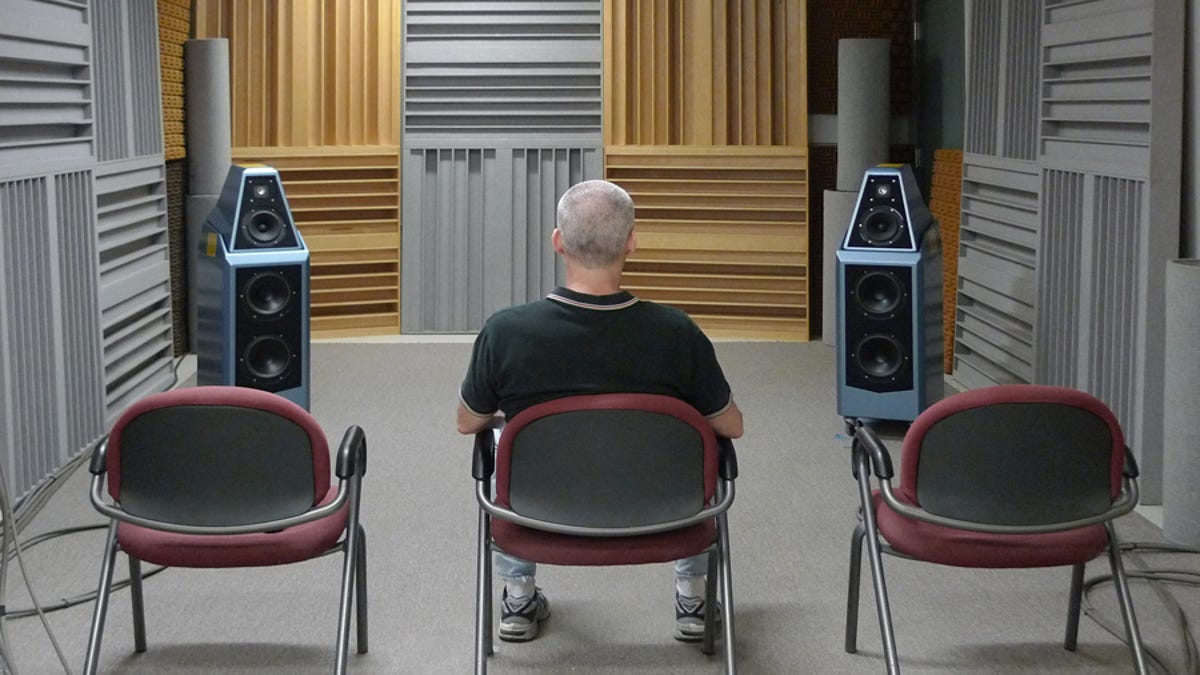Audio Research: The first 'high-definition' company
Audio Research was the original "high-definition" company in the early 1970s, long before HDTV came on the scene.

Audio Research Corporation (ARC), based in Minnesota, was in the vanguard of the American high-end audio movement in the early 1970s. By then mass-market transistor electronics had all but killed off the vacuum tube, but ARC's founder, William Z. Johnson, not only believed his tube amplifiers sounded better than solid-state gear, he thought tubes were technically superior. That's why ARC billed itself as a "high-definition" company since its start, decades before HDTV came on the scene. ARC was in large part responsible for starting the tube renaissance, and time has proven Mr. Johnson correct, as there are hundreds of companies building tube electronics today.
The company currently offers a wide range of tube and Class D components. I recently visited the factory and was impressed by the level of dedication of the workers. ARC doesn't have a huge staff cranking out thousands of units every day; no, the pace is unhurried and focused. High-end audio production is always on a human scale.
ARC stands behind virtually every product it has made over its long history, and offers updates for their customers' older units. For example, the Audio Research SP3 stereo preamplifier was sold from 1972-1976 and many are still in use today. ARC offers hardware updates to SP3 owners who want to freshen up the sound of their preamps.
That level of customer service is extremely rare in consumer electronics, but it's one of the things that distinguishes high-end from mass market brands. When you call ARC during business hours, a human operator answers the phone; that's such a rarity nowadays it's worth mentioning here.
The company's engineers and designers are as obsessive about sound quality as the most hard-core audiophile. For example, every solder connection is done by hand (as opposed to the more common "wave soldering." That additional labor and production time is expensive, but ARC isn't interested in manufacturing shortcuts. The sound always comes first.
All ARC products, brand-new and 40-year-old units alike, that are sent in for service are not only fully bench-tested and measured, they're also checked by the company's resident "golden ear," Warren Gehl. He listens to each product over a very high-end Wilson Audio Sasha speaker system. Gehl's ears regularly catch things that aren't quite right; nothing leaves the factory until he's approved it.
ARC has long-term relationships with its dealers, some of which stretch back decades. In all, they have 57 brick-and-mortar U.S. dealers, who are reporting that two-channel audio is doing better now than it was five years ago. ARC, like other high-end brands, isn't playing a numbers game; the company prefers slow and steady growth, and it wants to hang in there for the long run. Exports to Europe and Asia currently exceed U.S. sales.
ARC gear is expensive, but a smart way to get into the game for less is to buy a used piece. You can ship it to ARC for a $90 checkup to fully evaluate its condition.
I'll post a review of an ARC VSi60 Integrated amplifier ($4,495) in a few weeks; it was a very impressive-sounding machine.

